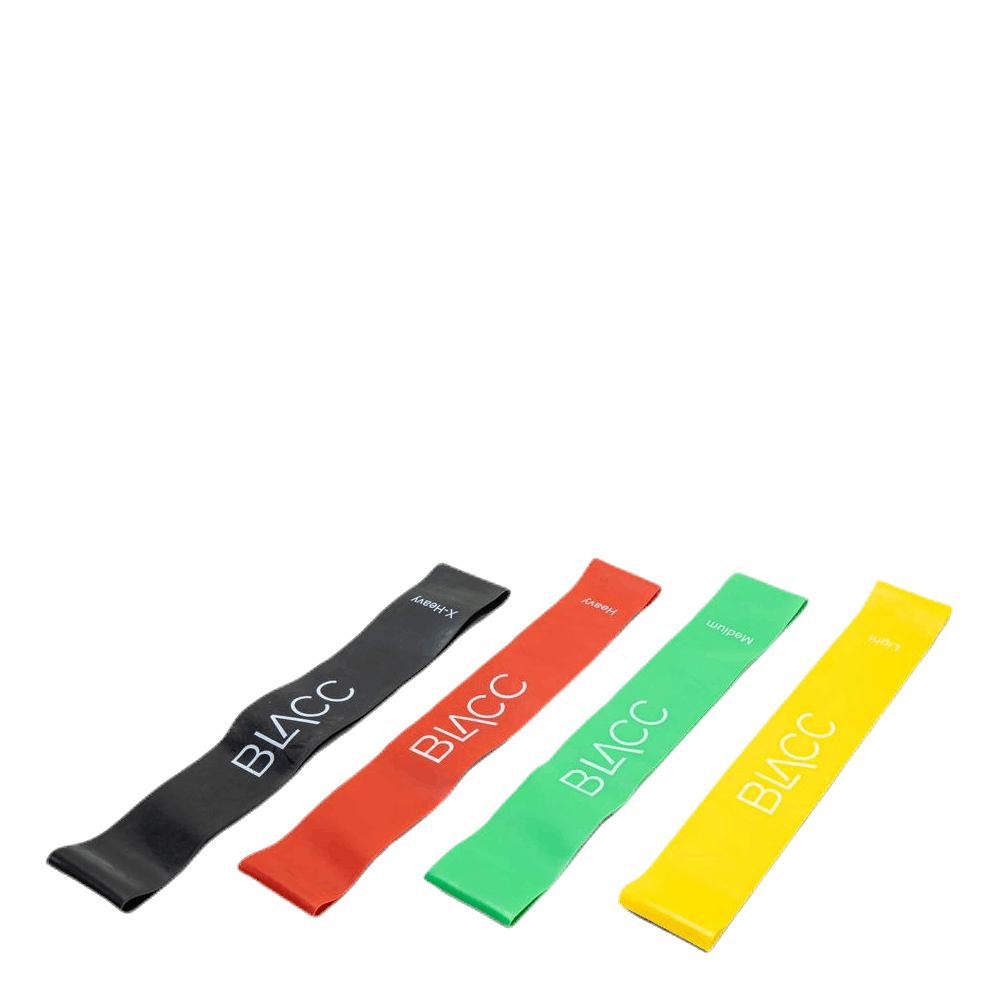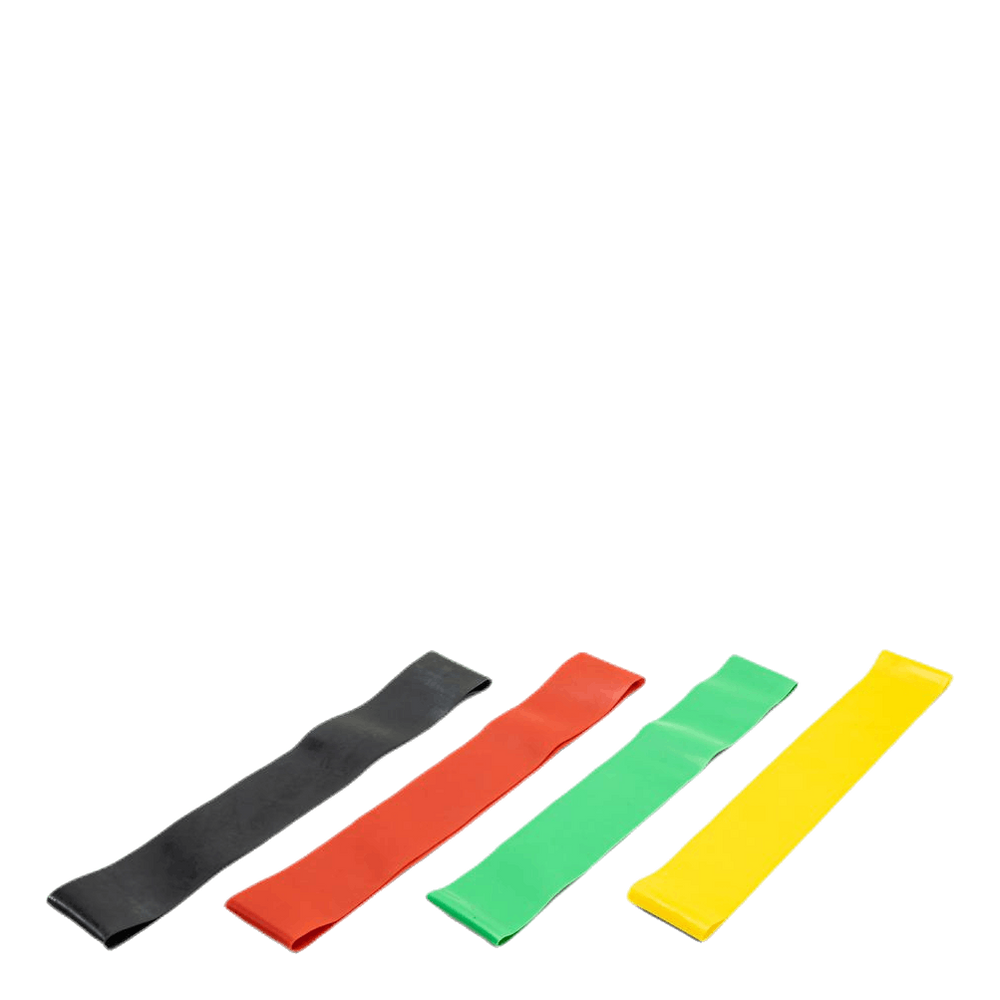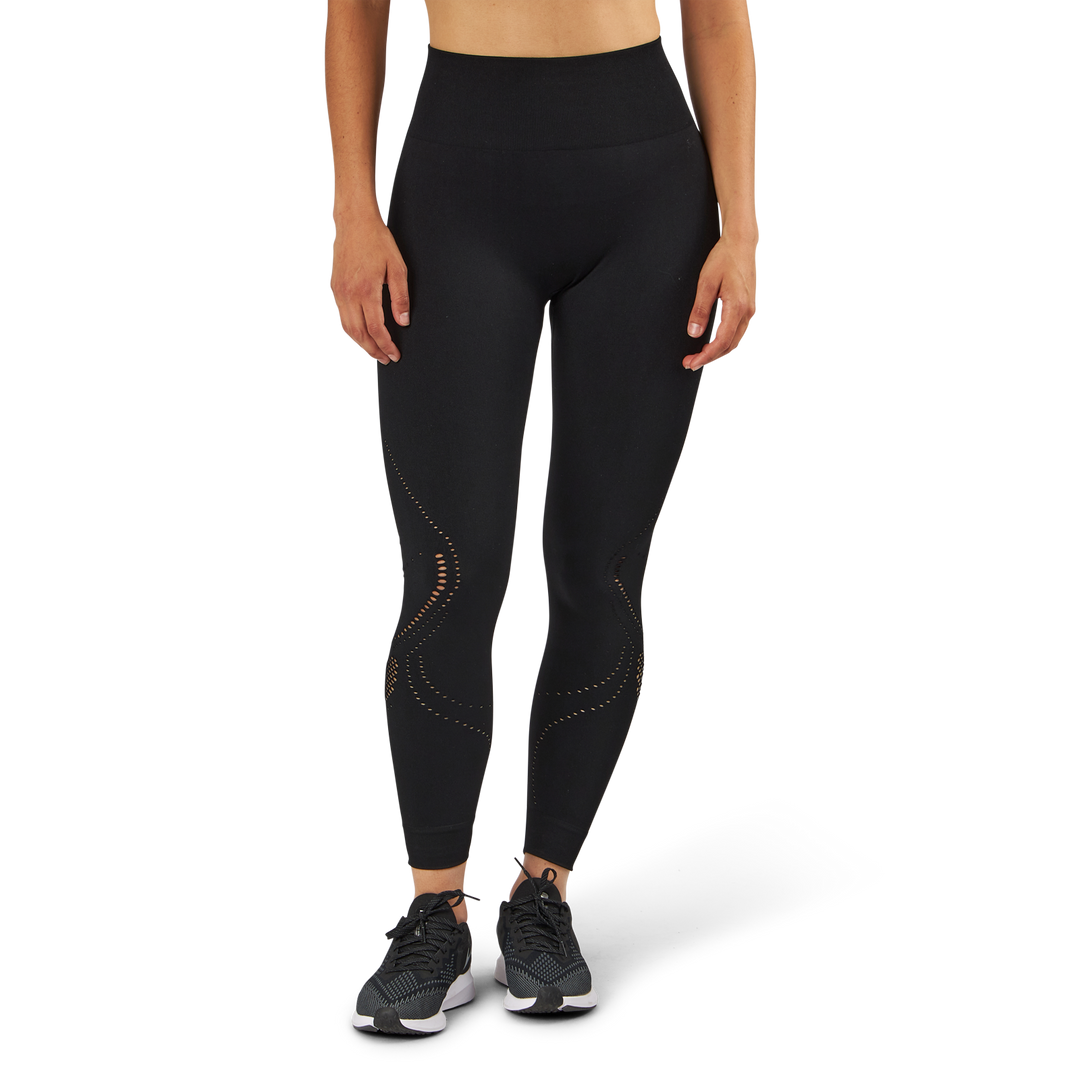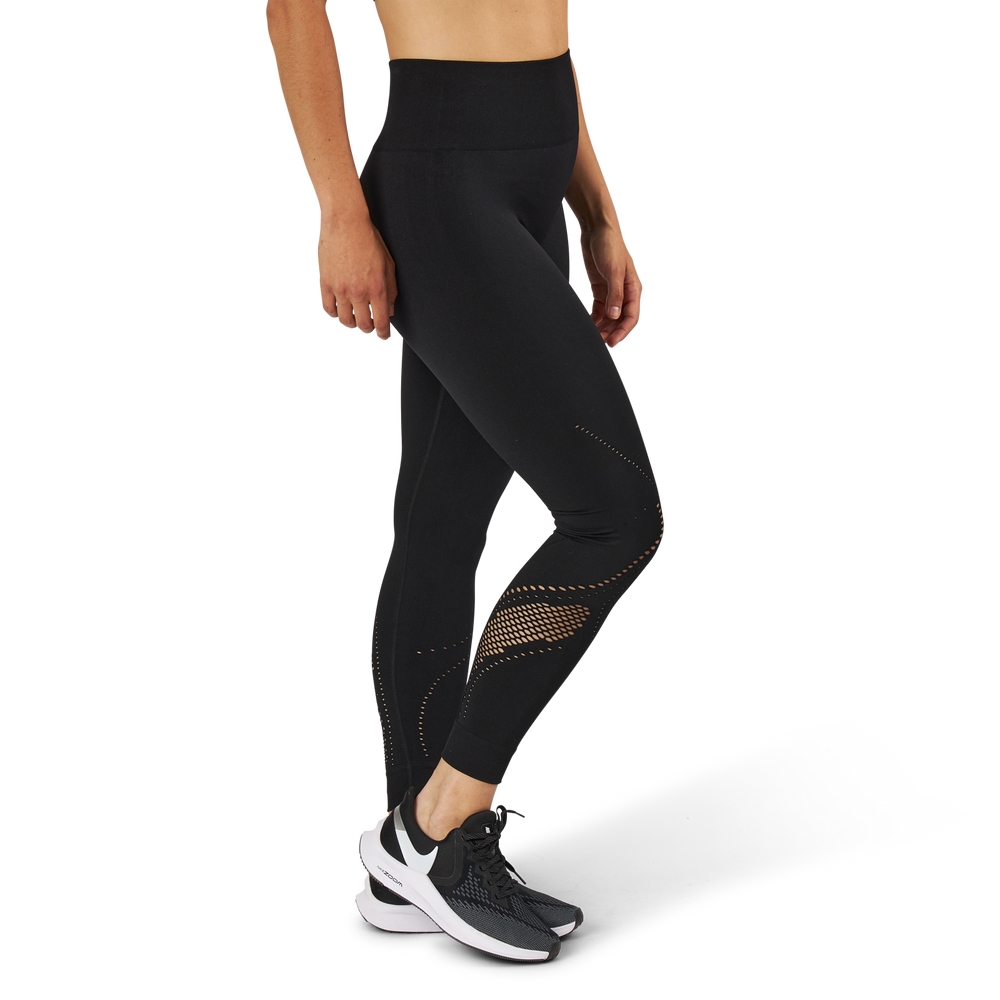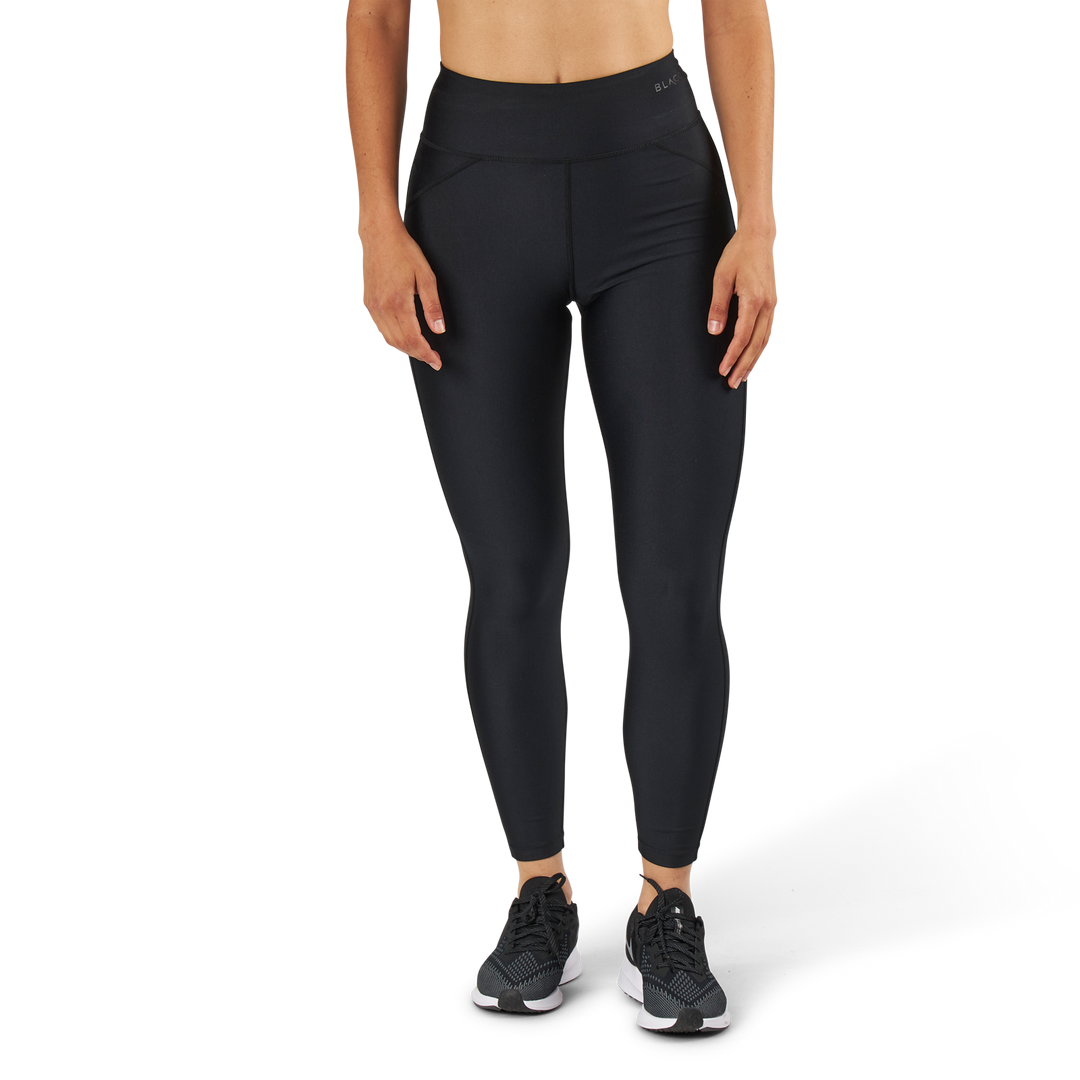
Exercise Journal: The Key to Sustainable Workout Habits and Personal Growth
Why Keep an Exercise Journal?
Keeping an exercise journal is about much more than just writing down what you did at the gym or how far you ran. A well-kept journal becomes your personal guide on the journey towards your fitness goals. By documenting and reflecting on your workouts, you can:
- Create structure and consistency in your exercise habits
- Set clear goals and milestones
- Track your progress over time
- Identify what works well and what needs adjustment
- Find motivation and inspiration when it gets tough
- Celebrate your successes and learn from your mistakes
Whether you're a beginner or an experienced athlete, an exercise journal can help you take your fitness to the next level. Let's take a closer look at how to get started!
Choosing the Right Format for Your Exercise Journal
The first step is to decide which format suits you best. Here are some options to consider:
Pen and Paper
The classic method with a physical notebook. Many appreciate the feeling of writing by hand and being able to flip through their notes. Choose a book that's easy to carry and one you like the design of – it'll make it more enjoyable to use!
Digital Notes
Keeping a journal on your computer or mobile device is convenient and makes it easy to search through your notes. You can use anything from a regular word processor to specialized apps. The advantage is that you always have your journal with you.
Fitness Apps
There are many apps specifically designed for logging workouts, such as [[Strava]], [[Runkeeper]], or [[Strong]]. They often have built-in features for tracking sessions, setting goals, and monitoring statistics. Perfect if you want everything in one place.
Consider what feels most natural to you and choose a format that you think you'll use consistently. The most important thing is not how you do it, but that you do it!
What to Write in Your Exercise Journal
Now that you've chosen a format, it's time to fill your journal with content. Here are some things that are good to include:
Basic Information About Your Workouts
- Date and time
- Type of exercise (e.g., running, strength training, yoga)
- Length or duration of the session
- Location (e.g., outdoors, gym, home)
Details About the Workout Content
- Exercises, movements, or activities you did
- Number of sets and repetitions for strength exercises
- Distance, pace, and elevation for cardio workouts
- Specific focus areas or techniques you worked on
Subjective Experiences and Reflections
- How did the workout feel? Easy, hard, fun, boring?
- Your energy level and mood before and after the session
- Progress or setbacks worth noting
- Thoughts on what you want to focus on moving forward
In addition, you can also include things like dietary habits, sleep, injuries, or other factors that affect your workouts. The more information you gather, the easier it will be to see patterns and draw lessons.
Set Goals and Track Them
An important part of keeping an exercise journal is setting goals for your fitness. What do you want to achieve in the short and long term? It could be anything from running a particular race to mastering a new exercise or improving your posture. Write down your goals in your journal and break them down into smaller milestones.
Then, use your journal to track your journey towards those goals. Celebrate your progress along the way and adjust your course if needed. By continuously reflecting on your workouts, it becomes easier to stay motivated and actually achieve results.
Make It a Habit
As with any exercise, the key to success with an exercise journal is making it a habit. Set aside time after each workout to write down your reflections. It doesn't have to take long – even five minutes can make a big difference.
If you have trouble remembering to write, associate it with something else in your routine, like when you stretch or drink your protein shake after a workout. You can also set a reminder on your phone or leave your journal out where you'll see it.
Learn from Your Experiences
The best part of an exercise journal is that it becomes a goldmine of information and insights. By going back and reading your notes, you can discover things like:
- What types of workouts you thrive on
- How different factors like sleep and diet affect your performance
- Which strategies help you stay motivated
- How you respond to setbacks and how you can handle them better
Use these lessons to constantly refine and improve your fitness. Over time, you'll become your own best coach!
Keeping an exercise journal is ultimately about becoming more aware of your own fitness journey. By documenting your experiences, setting goals, and reflecting on your progress, you take control of your development. So grab a pen or open that app and start writing – your future fitness will thank you!




